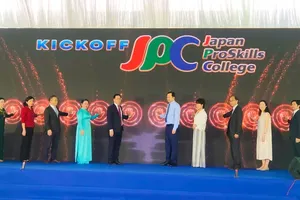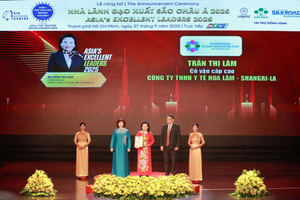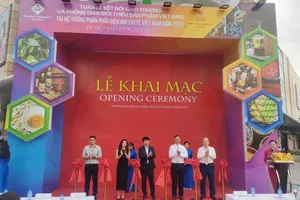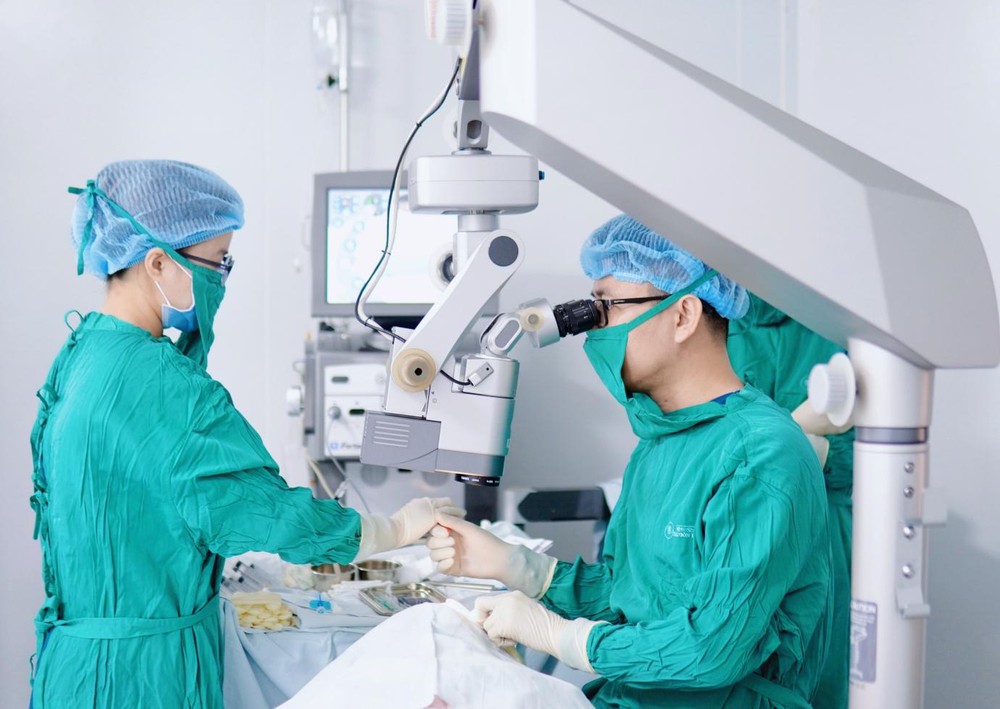
Saigon Dalat Eye Hospital (VISI Medical Group) announced on August 26 that it had successfully performed a combined Phacoemulsification surgery with the implantation of a Paul Glaucoma Implant (PGI) — an advanced treatment technique currently adopted at leading ophthalmology centers worldwide — for a patient suffering from both cataracts and severe glaucoma unresponsive to medication.
This marked the hospital’s fourth case of its kind. Earlier, Hoa Lu Eye Hospital and Song Tien Ben Tre Eye Hospital had also successfully conducted eight procedures using this method.
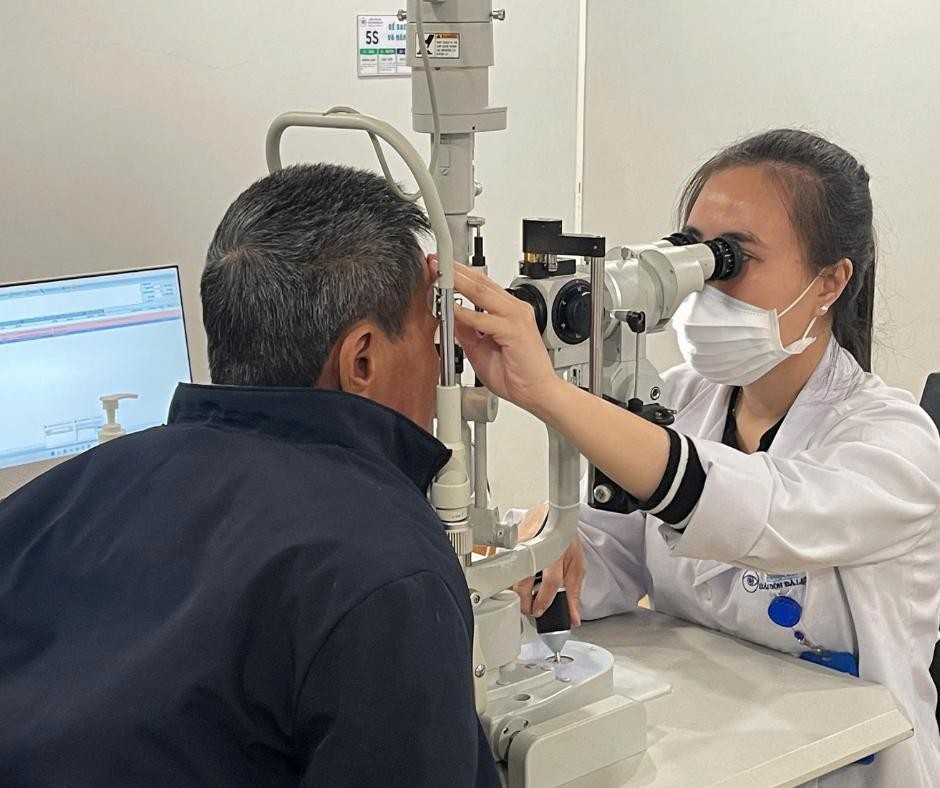
The patient, Nguyen V. B., 72, from Duc Trong, Lam Dong, had long battled cataracts and glaucoma. Despite using a combination of three medications, his intraocular pressure (IOP) remained uncontrolled, leading to persistent pain and dangerously high IOP levels.
Following an examination at Saigon Dalat Eye Hospital, and under the care of Specialist Level II Doctor Tran Ba Kien, Chairman of the VISI Medical Group’s Professional Council, the patient was prescribed PGI implantation. Following treatment, the patient’s intraocular pressure stabilized without the need for additional medication; the conjunctival bleb formed well, the valve functioned effectively, and the eye was free of pain.
The Paul Glaucoma Implant is an advanced aqueous drainage device made from ultra-thin, soft silicone measuring only 175 microns. Specifically designed to suit Asian eye anatomy, the PGI significantly improves aqueous humor outflow from the anterior chamber to the subconjunctival space, effectively lowering and stabilizing intraocular pressure over the long term.
The Paul Glaucoma Implant offers several outstanding advantages: it reduces the risk of postoperative hypotony thanks to its superior flow-control design; minimizes inflammation or tissue reactions due to its biocompatible material; lowers the frequency of medication use after surgery, thereby improving patients’ quality of life; and limits long-term complications such as valve exposure or fibrous tissue formation that may obstruct outflow. PGI implantation is considered an optimal choice for patients with advanced glaucoma, providing a breakthrough approach to long-term disease management.



)








